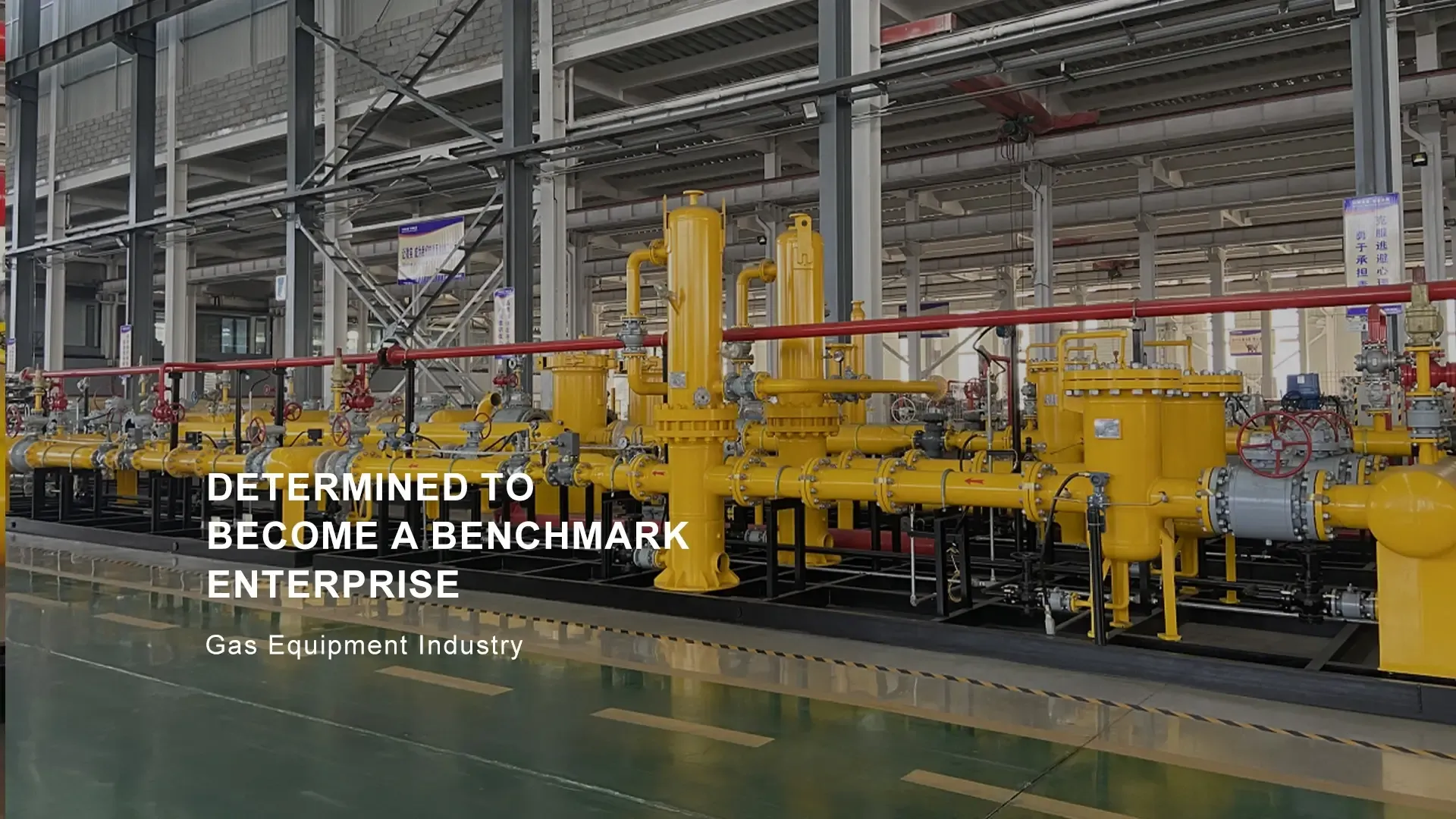
Dec . 05, 2024 06:14
Back to list
Advanced Technologies in Gasification Equipment for Sustainable Energy Solutions
Gasification Equipment Transforming Waste into Energy
Gasification is an advanced technology that converts organic or fossil-based materials into carbon monoxide, hydrogen, and carbon dioxide through high-temperature processes. This technology has gained attention as a viable solution for energy production, waste management, and reducing dependence on fossil fuels. Central to this process is gasification equipment, which plays a critical role in facilitating the conversion of various feedstocks into syngas (synthetic gas).
The basic principle of gasification involves three main steps drying, pyrolysis, and gasification. Initially, the feedstock is dried to remove moisture. Following this, pyrolysis occurs, where the material is thermally decomposed in the absence of oxygen, producing volatile compounds and solid residues. Finally, in the gasification phase, the remaining solid carbon is converted into syngas by reacting with a controlled amount of oxygen, steam, or air at high temperatures.
One of the most significant advantages of gasification is its versatility in feedstock utilization. Gasification equipment can handle a wide range of materials, including biomass, municipal solid waste, coal, and hazardous waste. This flexibility allows industries to employ local resources, reducing transportation costs, and minimizing environmental impact.
The design and technology of gasification equipment vary widely. There are several types of gasifiers, including fixed-bed, fluidized-bed, and entrained-flow gasifiers. Each type has its unique advantages and is selected based on factors such as scale, feedstock type, and desired syngas composition. Fixed-bed gasifiers are often used for small to medium-sized applications and are suitable for biomass feedstocks. Fluidized-bed gasifiers allow for more uniform temperature distribution and can handle a variety of feedstocks, making them ideal for larger operations. Entrained-flow gasifiers operate at high temperatures and pressures, enabling efficient conversion of coal and other high-carbon materials.
gasification equipment

In addition to the gasifiers themselves, gasification systems also include various auxiliary equipment like feedstock handling systems, air separation units, gas cooling and cleaning units, and power generation systems. Each component is essential in ensuring efficient operation, safety, and compliance with environmental regulations.
One of the critical aspects of gasification equipment is syngas cleaning. The raw syngas produced from the gasification process contains impurities such as tar, particulate matter, and other contaminants. To ensure that the syngas can be utilized effectively for power generation or chemical synthesis, it must undergo a rigorous cleaning process. This can involve various techniques, including scrubbers, filtration, and catalytic converters, which remove harmful components and produce cleaner syngas suitable for downstream applications.
Gasification also presents significant environmental benefits. By converting waste into energy, it reduces the volume of materials sent to landfills, thus mitigating land use and waste management concerns. Furthermore, the syngas produced can be used to generate electricity, produce hydrogen, or create synthetic fuels, contributing to a circular economy and reducing greenhouse gas emissions.
Despite its many advantages, the deployment of gasification technology faces challenges, including high initial capital costs, technological complexity, and the need for supportive regulatory frameworks. Ongoing research and development efforts aim to enhance the efficiency and cost-effectiveness of gasification equipment, making it more accessible for a broader range of applications.
In conclusion, gasification equipment is at the forefront of transforming waste into energy, providing a sustainable solution for waste management and energy production. With its ability to efficiently convert a variety of feedstocks into valuable syngas, gasification technology offers promising potential for a greener future, paving the way for energy independence and environmental sustainability. As technology continues to evolve, the role of gasification in the global energy landscape is likely to expand, contributing to a cleaner and more sustainable world.
Latest news
-
Safety Valve Spring-Loaded Design Overpressure ProtectionNewsJul.25,2025
-
Precision Voltage Regulator AC5 Accuracy Grade PerformanceNewsJul.25,2025
-
Natural Gas Pressure Regulating Skid Industrial Pipeline ApplicationsNewsJul.25,2025
-
Natural Gas Filter Stainless Steel Mesh Element DesignNewsJul.25,2025
-
Gas Pressure Regulator Valve Direct-Acting Spring-Loaded DesignNewsJul.25,2025
-
Decompression Equipment Multi-Stage Heat Exchange System DesignNewsJul.25,2025

